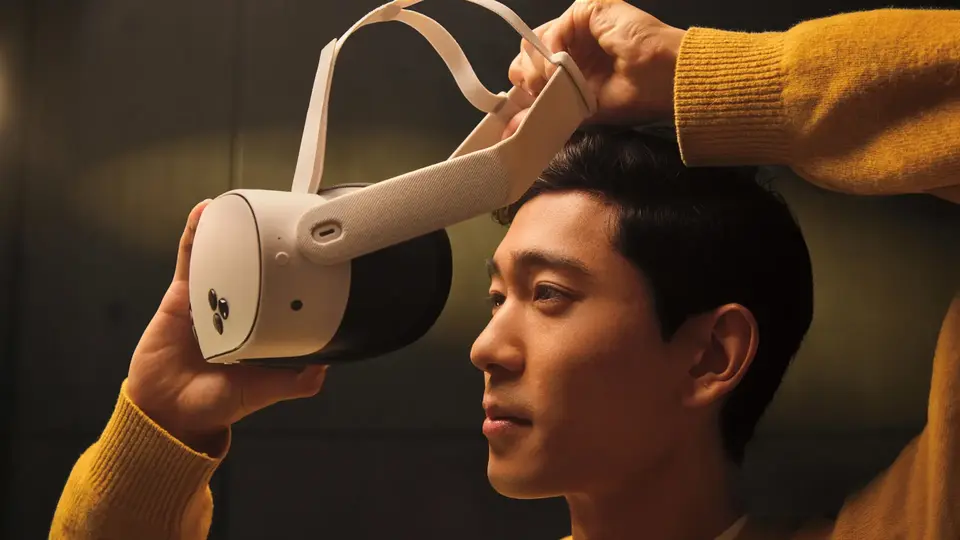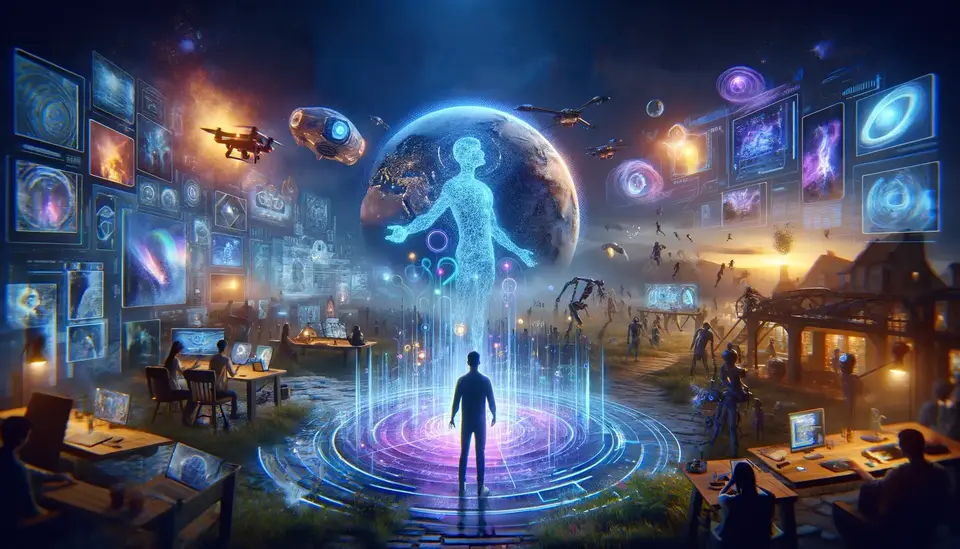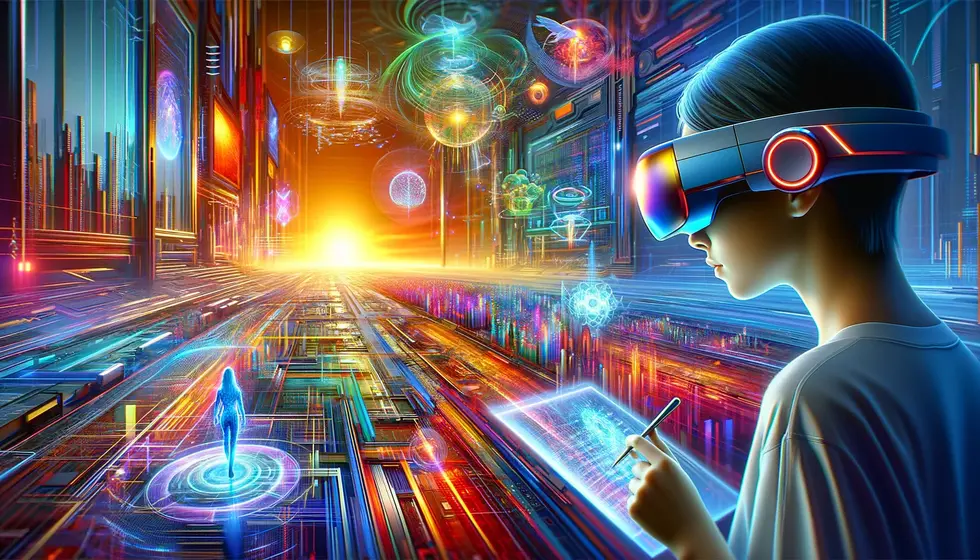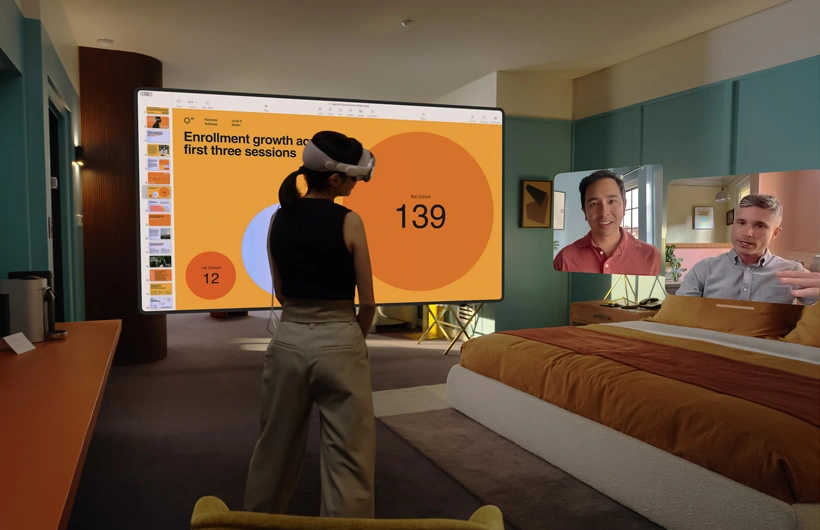Who is investing in Mixed Reality?
Posted on March 25, 2023 4 minutes 675 words
Table of contents
Mixed Reality (MR) is an emerging technology that merges the physical and digital worlds, offering transformative potential across various industries such as gaming, education, healthcare, and entertainment. In this blog post, we’ll delve into the key investors and companies shaping the mixed reality landscape, including major tech giants, innovative startups, influential venture capital firms, and more.
Major Tech Companies
Leading tech giants have recognized the potential of mixed reality and are investing heavily in its development.
- Microsoft: Developed the HoloLens, an MR headset used for remote assistance and industrial training.
- Google: Launched ARCore, a platform enabling developers to create augmented reality experiences for Android devices.
- Apple: Introduced ARKit, a similar platform to ARCore, designed for iOS devices.
- Facebook (Meta): Working on Project Aria, a research platform aimed at developing next-generation wearable devices for MR experiences.
Prominent Startups
Startups are playing a crucial role in shaping the mixed reality landscape.
- Magic Leap: Developed the Magic Leap One, an MR headset that blends digital content with the real world, raising over $2.6 billion in funding.
- Nreal: Introduced Nreal Light, lightweight MR glasses designed to make MR experiences more accessible, raising $100 million in total funding.
- Varjo: Created high-resolution MR headsets, such as the Varjo XR-3, for professional use in industries like automotive and architecture.
- Spatial: Developed a platform for MR-powered remote collaboration, enabling users to interact with 3D content and colleagues in virtual environments.
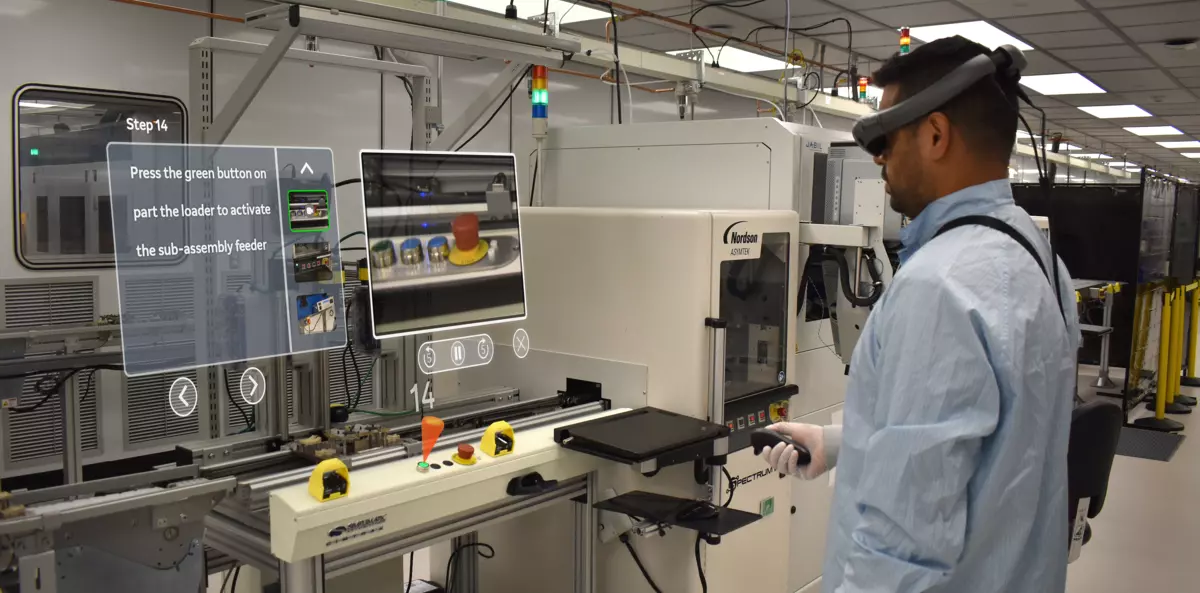
Venture Capital and Investment Firms
Venture capital firms and investment funds are backing mixed reality ventures, recognizing the potential for significant returns.
- Andreessen Horowitz: Invested in Magic Leap, a well-funded startup in the MR space.
- Sequoia Capital: Supported Nreal, another notable startup focusing on lightweight MR glasses.
- GV (Google Ventures): Backed companies like Ubiquity6, a spatial computing startup that raised $37.5 million in funding.
Industries Driving MR Investment
Several industries are driving the demand for mixed reality applications.
- Healthcare: MR is used for medical training, simulation, and remote surgery assistance, with companies like Medivis and Proximie leading the way.
- Education: Immersive learning experiences are made possible by MR, with startups like MEL Science and Lifeliqe providing educational content.
- Construction: Companies like Trimble and HoloBuilder use MR for project visualization, reducing errors, and streamlining processes.
- Retail: MR applications enable virtual product try-ons and in-store navigation, with companies like IKEA and Amazon exploring the technology.
- Entertainment: MR-powered theme park attractions, such as “Star Wars: Secrets of the Empire” by The VOID, are transforming the industry.
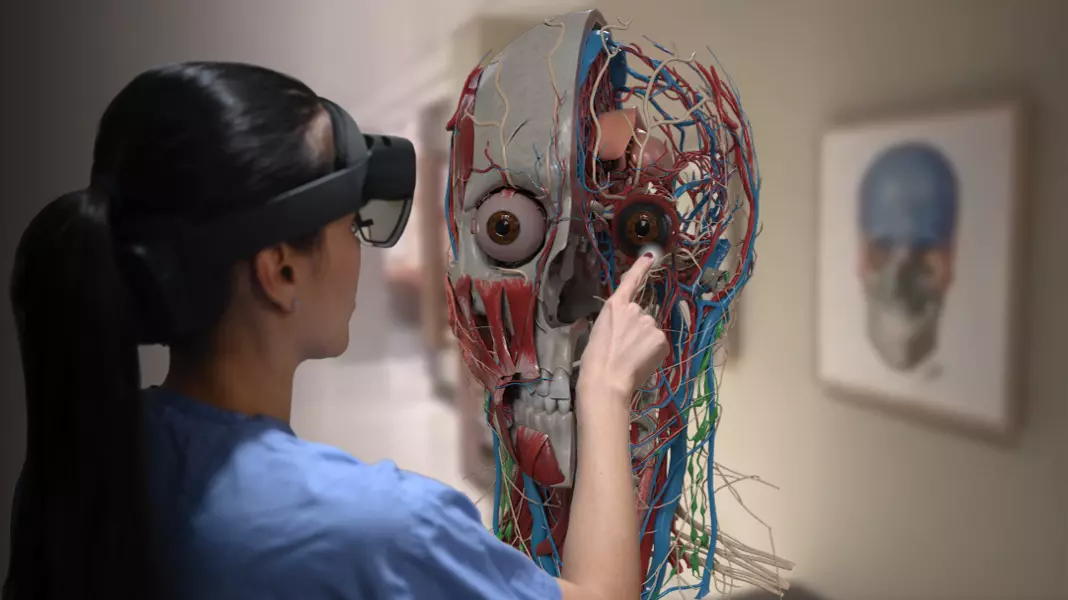
Government and Academic Support
Government grants, research programs, and academic institutions are investing in and developing mixed reality technologies.
- National Science Foundation (NSF): Provided grants for MR research projects, such as a $1.5 million grant to the University of Florida for MR research in STEM education.
- European Union’s Horizon 2020 Program: Funded projects like LARA, which focused on location-aware MR applications for architecture and construction.
- Academic Institutions: Universities like MIT, Stanford, and Carnegie Mellon have dedicated research labs exploring MR technology and applications.
Market Trends and Future Growth
The mixed reality market is poised for significant growth, driven by factors like advancements in hardware, increased adoption of MR applications, and the integration of AI and MR.
- Advancements in hardware: Companies like Qualcomm and NVIDIA are developing chipsets and GPUs specifically designed for MR experiences.
- Increased adoption of MR applications: As industries recognize the value of MR, demand for the technology is expected to grow, leading to further investment and innovation.
- Integration of AI and MR: The combination of AI and MR will lead to smarter and more immersive experiences, with companies like OpenAI and Unity exploring these synergies.
Conclusion
In conclusion, mixed reality is attracting investments from major tech companies, startups, venture capital firms, and other stakeholders, making it an exciting and rapidly evolving field. As the technology continues to mature, we can expect new applications and industries to be disrupted by MR innovations. Staying informed about the latest developments in mixed reality will be crucial for understanding the full potential of this game-changing technology.


